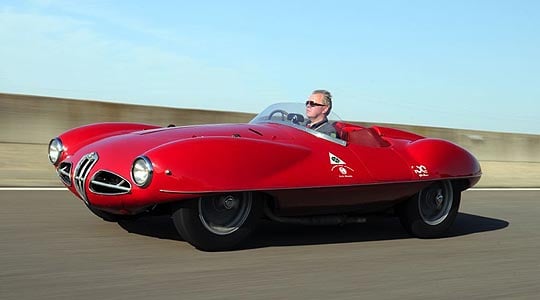
As story endings go, it's the ultimate cop-out. You might have used it in desperation when attempting some creative writing in English class at school. “I woke up and it was all a dream.”
The difference here is that I never, as far as I know, went to sleep. This particular dream was real. I really did drive seven extraordinary Alfa Romeos in a sensorily overloaded day of unbelievable good fortune. The idea was to mark this 100th year of Alfa Romeo's existence by sampling some of the competition machinery that made Alfa great, to lose myself in the story of the badge that has probably adorned a broader and richer range of wheeled vehicles than any other. Grand Prix cars, creations from myriad carrozzerie, humble hatchbacks, trucks and the sports cars and coupés that everyone knows: the cross-and-serpent badge has been on them all.
The venue was the test track at Balocco, between Milan and Turin, that Alfa Romeo built in the 1930s and is nowadays the Fiat group's main test centre. The cars were numerous, but I settled on seven. They ranged from road-car-familiar with a twist, right through to a racing car I never really thought I would ever drive. Here are the first four, heading further away from normality as we go. (The final three will be covered in next week’s Classic Driver.)
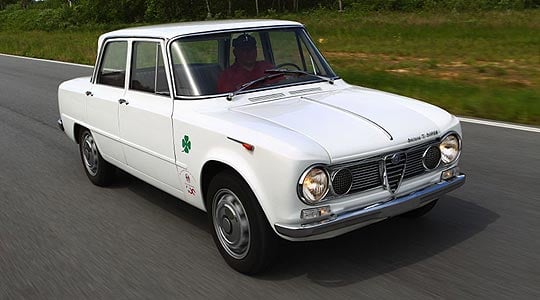
Alfa Romeo Giulia Ti Super
A square-cut 105-series Alfa saloon usually lurks within my Top Twenty usable classic cars that I would like to own, and this one is the best of the breed. It's a 1963 Ti Super version, with the 1570cc twin-cam engine in 112bhp tune to make it the most powerful Giulia saloon of this shape, even though the breed continued for another 15 years.
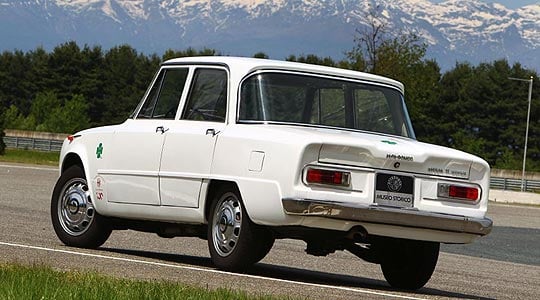
It's a car of contrasts, with a pair of Weber 45DCOE carburettors but triple-shoe front drum brakes. The wheels have bigger cooling slots, the inner headlights are replaced by mesh grilles and the front seats have a semblance of body-huggability. With just 501 examples made, you might expect a raw, rorty homologation special but in reality it's a crisp but civilised joy. Those drum brakes feel fine and, apart from a springiness to the steering, it feels surprisingly modern. You could use this car every day. The problem would be finding one.
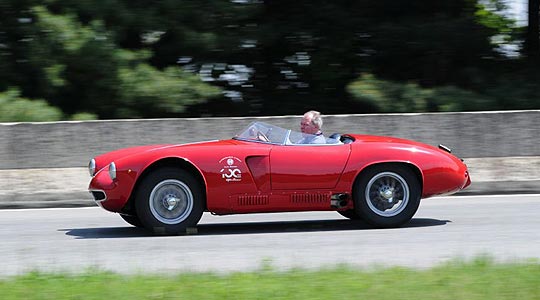
Alfa Romeo 1900 Sport Spider
Never has an Alfa breed spawned more genetic variation than the 1900. From the company's first mass-market saloon, intended to kick-start post-War recovery, to the space-age BAT concepts by Bertone, the 1900 spawned some of the most dramatic cars of the 1950s. This 1954 competition car by Bertone doesn't figure much in Alfa Romeo history books, but it's a proper racing car with 138bhp and a 138mph top speed. Just four were made, two open and two closed, and it's a charming and rather forgotten footnote to history.
With its vents, louvres and twin side-pipes, it looks every inch the gentleman's racer. To drive, it's softer than it looks with vague steering and a strong desire to head straight on at corners despite the short wheelbase. Sounds lovely while doing it, though.
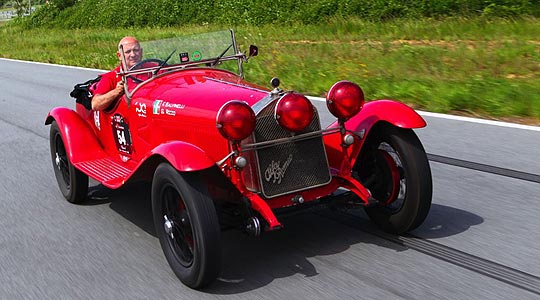
Alfa Romeo 1750 Gran Sport
Back in 1930, 102bhp was pretty good for a 1752cc road car. Supercharging the little twin-cam straight-six, a multi-finned masterpiece from the hand of that most artistic of engineers, Vittorio Jano, was the key. It made the Alfa 1750 Gran Sport perhaps the most successful competition car of its time, helped by a simple, pure body by Zagato.
It feels quick even today, once you've gained the courage to stoke it up a bit, but driving the Gran Sport calls for strength and precision in equal measure. The gearchange demands perfect timing, and perfect downshift double-declutching, to avoid the gnashing of teeth, while the steering is very hard work indeed in tight corners. But what a lovely sound the 1750 makes, responding to goading with a crisp blare overlaid with a supercharger whine as Stefano Agazzi, curator of Alfa's Centro Storico, encourages me to drive a little harder.
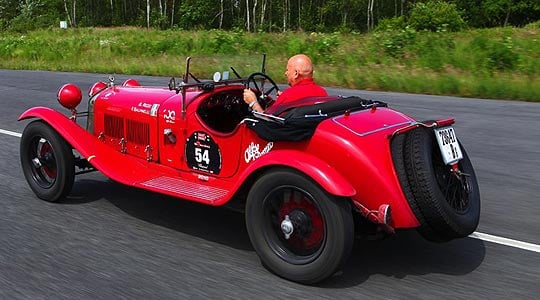
In the 1960s, Zagato made a few more. This time around it used then-current Alfa 105-series mechanicals, but the body was quite a convincing remake. Nothing quite like that has happened since.
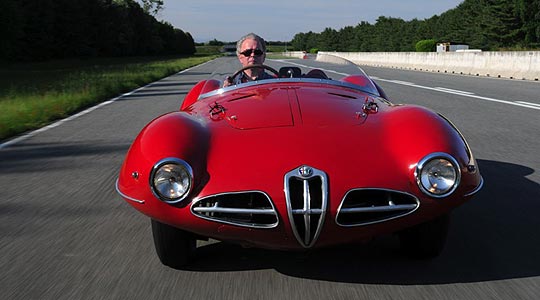
Alfa Romeo Disco Volante
Ah, the Flying Saucer… what a fine idea it seemed in 1952, to make the body a sharp-edged ellipse in longitudinal as well as lateral cross-section, the better to cleave the air and stay stable in a crosswind. And what a shame it didn't work, generating a worrying amount of lift which threatened to make this saucer really fly.
There's another snag: the semi-enclosed wheels are set so far under the body that the track is narrow, leading to comical roll angles if you corner the C52 (the DV's more prosaic name) with the vigour you might employ in a race. So the Disco Volante never raced, at least not until redesigned with a more normal body, but it remains a thing of surreal beauty.
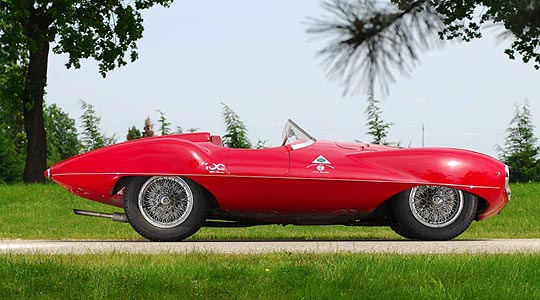
The engine is a 1997cc development of the 1900 unit, its claimed 158bhp said to be enough for a 136mph top speed. It doesn't feel that potent, although the engine is crisp and keen and the gearchange is quick and accurate. The mix of loose, springy steering (again) and the body roll angles make cornering an approximate if graceful business, and it's best just to point and hope. You can forgive it everything for that gorgeous bodywork by Touring, clothing a real spaceframe chassis of perfectly tensioned steel tubes and not the collection of aluminium girders which nowadays usurps the term. Kinetic art? Absolutely.
But the final three Alfas, the most exotic of the group, will have to wait till next week…
Text: John Simister
Photos: Alfa Romeo
ClassicInside - The Classic Driver Newsletter
Free Subscription!









